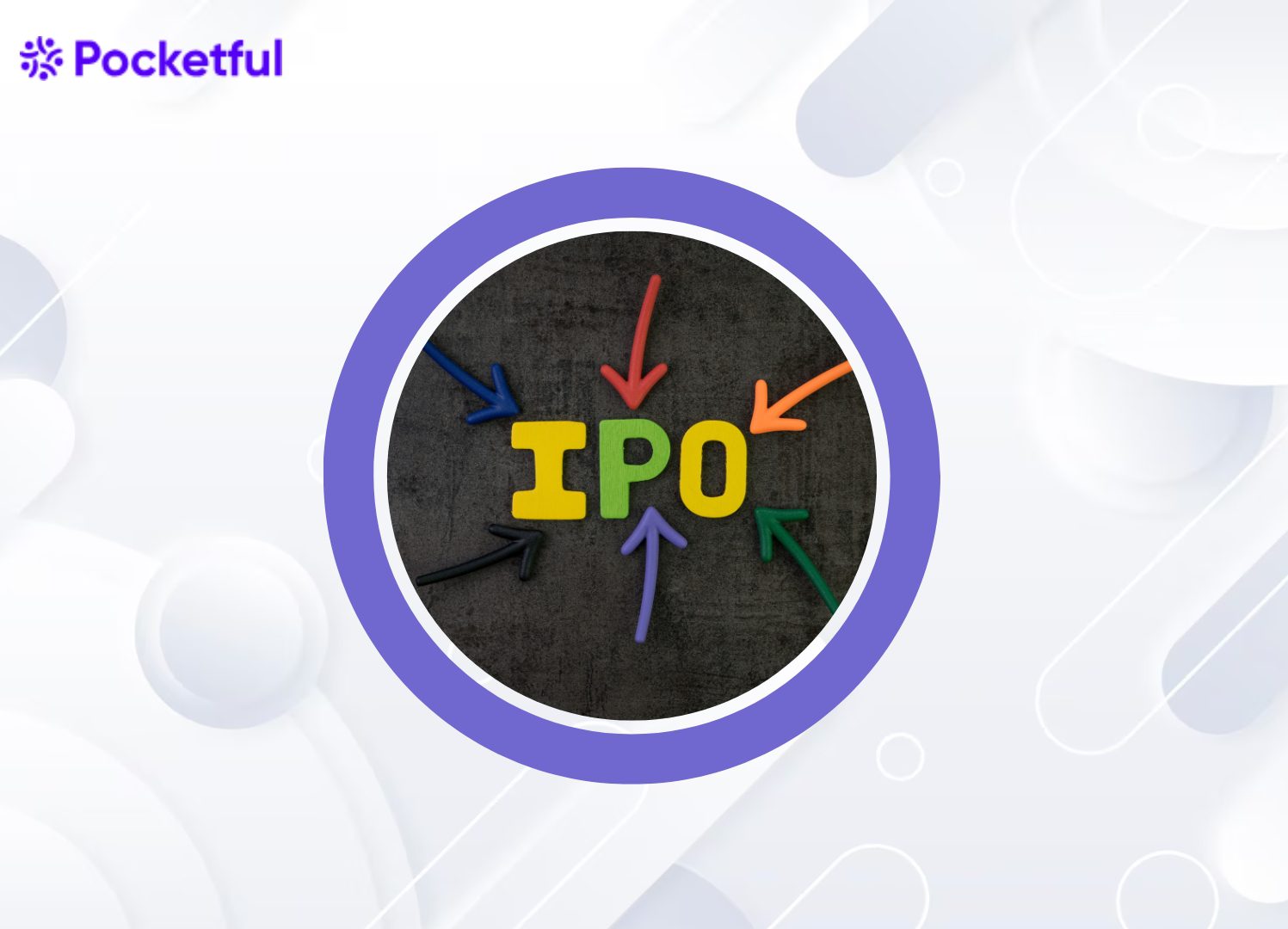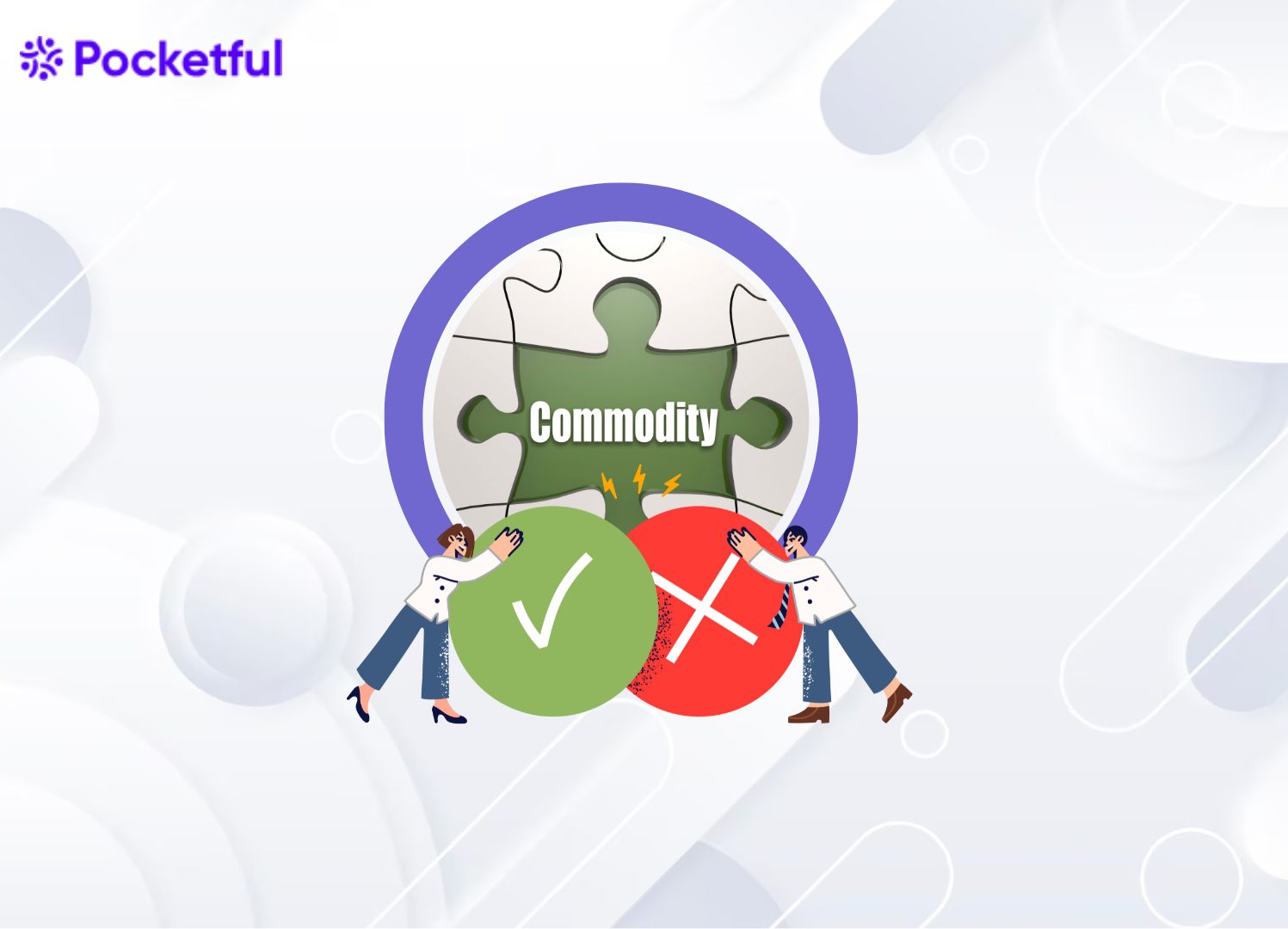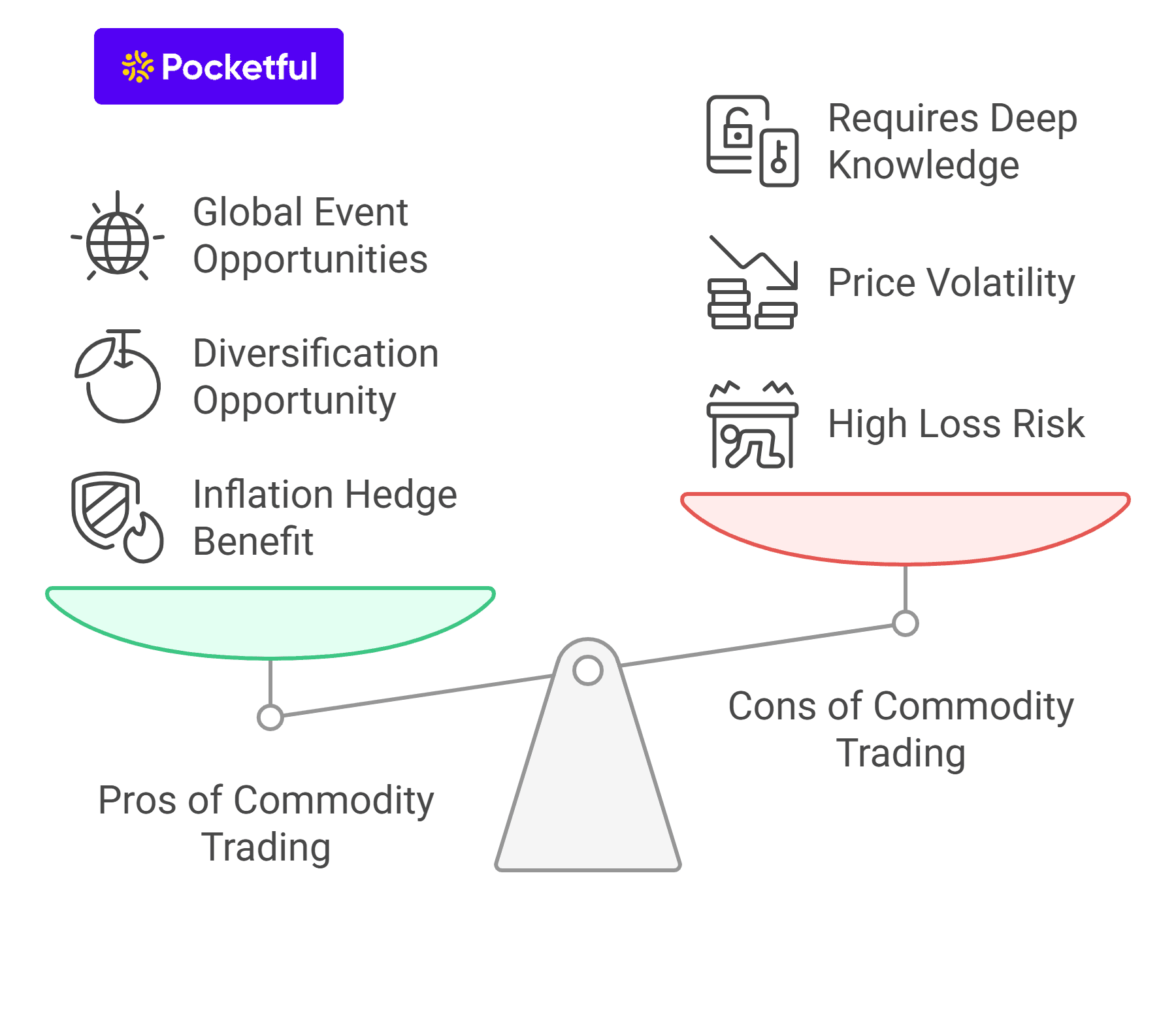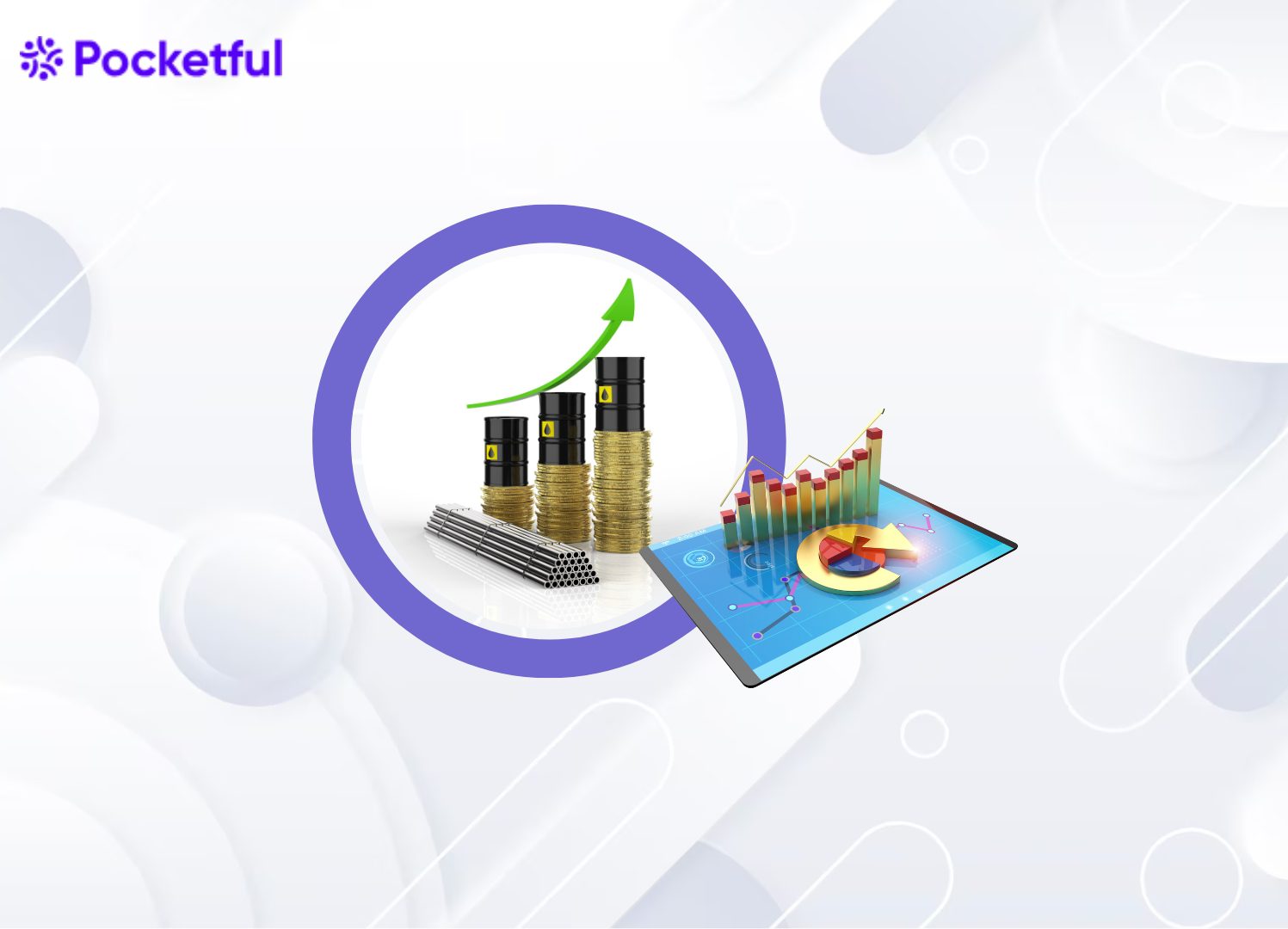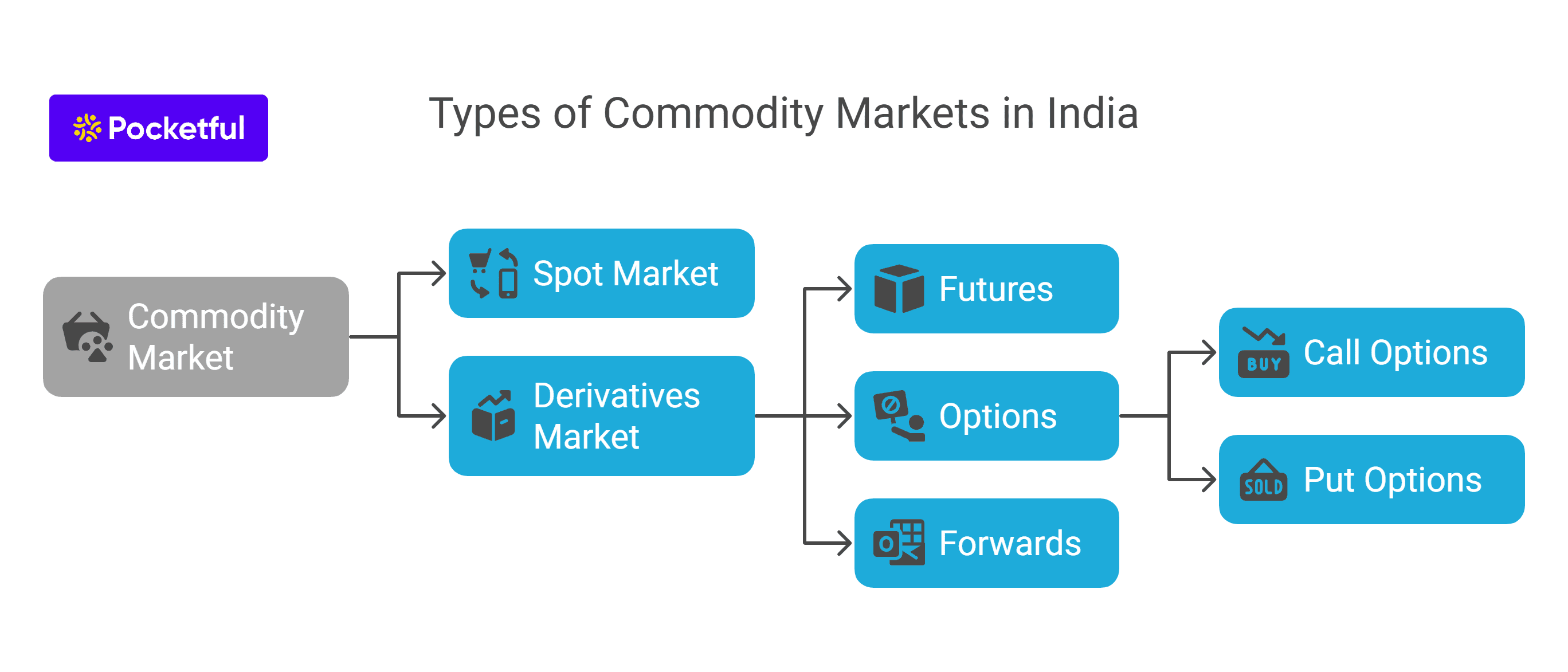The grey market is a marketplace where the shares are traded before their official listing on the recognized stock exchanges. It operates outside formal channels, and it allows investors to buy and sell IPO shares before their public debut.
In the grey market, the two primary types of transactions occur: buying and selling shares allotted to an investor and transfer of IPO applications. Grey Market Premium (GMP) represents the premium at which IPO shares are traded. GMP can be positive or negative, indicating the shares are trading either above or below their issue price, respectively. GMP acts as an indicator of demand for IPO shares and investor sentiment.
Application trading involves buying and selling IPO applications. However, this practice carries inherent risks due to its informal nature. In this blog, we will discuss the grey market, GMP, and how it works. Moreover, we will provide information about the types of trading in the grey market and the calculation of GMP.
What is Grey Market?
The grey market is an informal trading market where shares related to upcoming IPOs are bought and sold before their official listing on regulated stock exchanges. This market operates outside standard trading frameworks and it is not regulated by authorities, which means transactions in the grey market are not subject to the same legal oversight as legal exchanges.
Grey market trading is popular among investors who seek early exposure to stocks, particularly in cases where the demand for an IPO is high and there is the anticipation of a price rise post-listing. In the grey market, transactions primarily are of two types: trading of allotted shares and IPO application trading.
Though lucrative, grey market trading carries risks as it operates in an unregulated environment where price volatility can be high. For investors, understanding grey market helps gauge pre-IPO demand but requires careful consideration due to the lack of regulations.
What is the Grey Market Premium?
The grey market premium (GMP) is an unofficial difference between the grey market price of the company’s shares and the IPO price. In the context of the grey market, GMP reflects the demand and sentiment around an IPO, as the investors speculate on the stock’s listing day performance. While the grey market operates outside the regulated stock exchanges, it gives an indication of how a stock might perform when it officially debuts.
For example, if a stock’s IPO issue price is set at INR 100 and the grey market price is INR 120, then the grey market premium is INR 20, indicating that investors expect the stock to open around INR 120 on the listing day. This premium fluctuates based on various factors like market sentiment, demand for the IPO, and broader market conditions. A high GMP often indicates strong demand, while a lower or negative GMP could signal lower enthusiasm among investors.
The grey market is particularly popular in IPO markets as it provides a way for investors to gauge the potential success of an offering before its formal listing. However, since the grey market is unregulated, there are no legal protections, and the trades are speculative in nature, making it highly risky for investors.
How to Calculate Grey Market Premium?
To calculate the grey market premium (GMP), you can compare the price at which IPO shares are trading in the unofficial grey market to their official issue price. The GMP indicates an IPO share’s expected listing gain or loss when it goes public.
Here’s how to calculate it:
- Determine the Issue Price: It is the official price of the share set by the company.
- Identify the Grey Market Price: Check the current grey market price from reliable sources or dealers.
GMP = Grey Market Price − Issue Price
A higher GMP generally signals positive market sentiment, but remember, since the grey market is unregulated and GMP can fluctuate significantly based on speculation.
Grey Market Premium example
Suppose, an IPO is announced with an issue price of INR 100 per share. In the grey market, the shares begin trading unofficially, and investor interest is high. As a result, the grey market price rises to INR 130 per share. Here’s how the GMP is calculated:
Grey Market Price = INR 130
IPO Issue Price = INR 100
GMP = Grey Market Price − Issue Price
= INR 130 − INR 100
= INR 30
In this example, the GMP is INR 30, which indicates that investors expect the stock to list at approximately INR 130 on the official stock exchange. This INR 30 premium reflects a 30% anticipated gain and signaling strong demand.
Alternatively,
Grey Market Price = INR 90
IPO Issue Price = INR 100
GMP = Grey Market Price − Issue Price
= INR 90 − INR 100
= – INR 10
Here, the GMP is negative, which suggests low demand and potential listing of shares at a discount.
How Does the Grey Market Work?
The grey market operates as an informal marketplace where the shares of upcoming IPOs are bought and sold before their official listing on stock exchanges. This market functions outside of regulatory oversight, meaning the transactions occur privately between individuals and the dealers without formal records. It offers investors a glimpse into the anticipated demand for IPO shares and allows them to gauge interest and speculate on the potential opening price.
One of the main activities in the grey market is the trading of IPO shares before they are officially listed on the exchange. These transactions are based on grey market premiums (GMP), which reflects the price difference between the IPO issue price and what investors are willing to pay before the stock’s listing. Additionally, some investors engage in IPO application trading.
While the grey market offers insights into investor sentiment, it is unregulated and poses high risks for participants. Since transactions are not governed by legal frameworks, prices can be volatile and unpredictable. Investors should approach trading in the grey market with caution due to its informal nature.
Types of Trading in Grey Market
In the grey market, there are two primary types of trading: IPO shares trading and IPO application trading. These unofficial trading practices allow the investors to buy and sell IPO shares or applications before the stock is officially listed.
1. IPO Shares Trading
In this type of trading, the seller has been allotted shares of the IPO but doesn’t wish to wait till the listing day and wants to sell the shares. On the other hand, the buyer either doesn’t get allotment or wishes to increase position size and contacts the grey market dealer to arrange IPO shares. The dealer facilitates a deal between the buyer and seller, and a transaction price is set.
When the share gets listed, the shares are credited to the seller’s demat account, who can then either transfer the shares to the buyer’s demat account and accept the transaction price or sell the shares and settle the transaction with the buyer in cash.
For example: If an IPO share’s issue price is INR 100 and the GMP is INR 20, it signals that the market expects the stock to list around INR 120. Suppose Trader A wants to buy shares before listing and contacts a grey market dealer. Dealer tracks down Trader B, who has the shares and wishes to sell them before the listing date at a GMP of INR 30, i.e., a premium of INR 10 above the current GMP. The transaction price was set at INR 130. On the listing day, the share was trading at INR 140. Now, Trader B can transfer the securities to the demat account of Trader A and accept INR 130 in return. Alternatively, Trader B can sell the shares at INR 140 and pay INR 10 to Trader A.
2. Application Trading
In IPO application trading, the seller of the application has not yet received an allotment of IPO shares but wishes to exit the position based on the current GMP. The buyer believes the GMP will increase, and the shares will get listed at a much higher rate than the current GMP. The buyer and seller of the IPO application approach a dealer, and a deal is structured. It should be noted that in IPO application trading, no shares have been allocated yet, and only the IPO application is being traded.
The buyer can sell the IPO application if the GMP increases or wait till the listing day. If the seller gets allotted shares, then the seller must either transfer shares to the buyer’s demat account or settle the deal in cash with the buyer. The deal doesn’t go through if the seller doesn’t get an allotment.
For example: Suppose Trader A has applied for a maximum number of lots in an IPO and wants to increase his chances of getting an IPO allotment. Trader A gets in touch with a dealer who arranges an IPO application of Trader B. Suppose the current GMP is INR 25 and the issue price is INR 100. Trader B wishes to sell the IPO application at a GMP of INR 30, i.e., at a premium of INR 5. On the listing day, suppose the shares are trading at INR 150. If Trader B gets an allotment, then the shares must either be transferred to the Demat account of Trader A and accept INR 130 in return. Alternatively, Trader B can continue to hold onto shares and settle the deal with Trader A by paying INR 20 in cash. However, the deal doesn’t go through if Trader B doesn’t get allotment.
The difference between the two types of trading is that in IPO shares trading, the seller is already allotted shares, and a transaction occurs between the buyer and seller. On the other hand, in IPO application trading, the seller may not get the allotment, and there will be no transaction between the buyer and seller. However, counterparty risk exists.
Steps to Trade IPO Shares in the Grey Market
Trading the IPO shares in the grey market involves several steps as mentioned below:
- Identify a Trusted Dealer: The grey market operates informally, so it is essential to find a reliable dealer who facilitates grey market transactions. Dealers act as intermediaries and match the buyers and sellers for IPO shares or applications.
- Check the Grey Market Premium (GMP): Before trading, review the grey market premium (GMP) to assess demand for the IPO shares. GMP reflects how much investors are willing to pay above or below the issue price and gives an estimate of the anticipated listing price.
- Understand IPO Application Trading: In an oversubscribed IPO, the investors can buy the IPO application through a grey market dealer, set the transaction price in advance and hope to earn profits if the seller is allotted shares.
- Agree on Price and Payment Terms: Since grey market transactions are unregulated, both parties should agree on the price, quantity and payment method beforehand.
- Proceed with Caution: Remember, grey market trading is highly risky. Without legal protections or transparency, it is essential to trade only with trusted intermediaries and carefully consider the potential risks involved.
Conclusion
In conclusion, the grey market premium (GMP) offers insights into investor demand and expectations for an IPO share before it is officially listed. A positive GMP suggests strong demand, while a negative GMP indicates weaker interest.
Though it is a useful indicator, transactions in the grey market are highly speculative in nature and operate outside regulated markets. GMP provides a snapshot of pre-listing enthusiasm but should not be relied upon as the sole reason behind investment decisions. Due to the grey market’s unofficial nature, all the information mentioned above is for educational purposes only and should not be considered investment or trading advice. Consult a financial advisor before trading in the grey market.
Frequently Asked Questions (FAQs)
What is the grey market in stocks?
The grey market in stocks is an unofficial market when IPO shares are traded before their official listing on the stock exchange. This market operates outside of regulatory oversight and allows the investors to buy or sell IPO shares based on anticipated demand and listing performance.
What types of trading occur in the grey market?
The main types of trading in the grey market include IPO shares trading and IPO applications trading.
How does the grey market premium (GMP) work?
The GMP reflects the difference between the IPO issue price and the price at which shares are traded in the grey market. A positive GMP indicates high demand, while a negative GMP shows low investor interest, which helps investors gauge expected listing performance.
Is trading in the grey market safe?
Grey market trading is unregulated, which means it carries higher risks. Prices are speculative and volatile with no legal protection for buyers or sellers.
Why do investors trade IPO shares in the grey market?
Investors trade shares or applications for an IPO to earn profits based on market sentiment.

